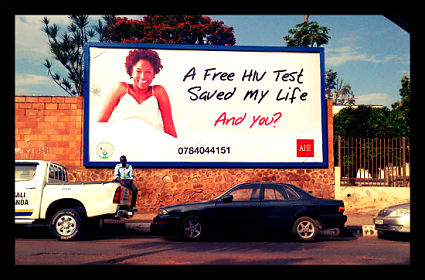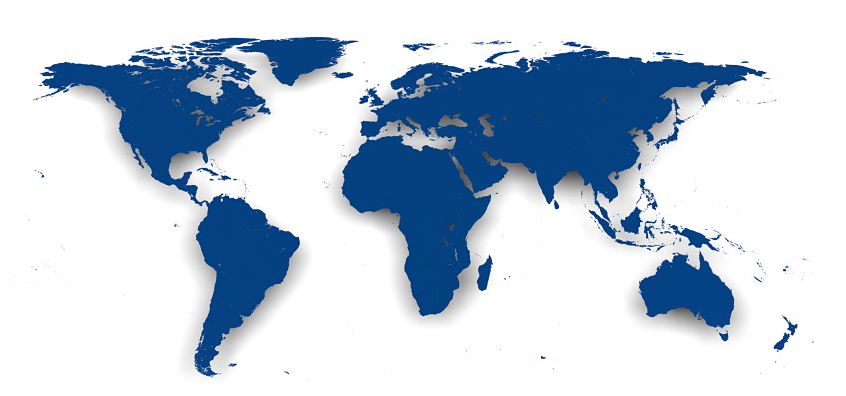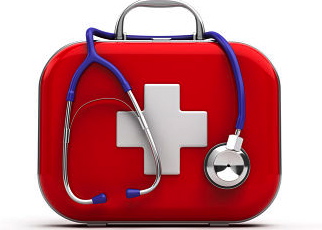Many experts agree that buying healthy food has a barrier: the price. By eating nutritious foods, the world’s current obesity epidemic could be reduced drastically, but unfortunately, there may be a reason for why certain socioeconomic groups are more overweight than others.
The Harvard School of Public Health has now conducted research to see whether it is too expensive to eat healthy if you are making less money.
The short answer is yes, it can be.
Mayuree Rao, lead researcher in HSPH’s study, found that lean meats compared to fattier pieces of meat were globally more expensive. She was able to study 10 different countries, convert the food prices between countries and adjust the prices to correlate with inflation.
She found that although the level of difference varied, there was in fact a correlation between the more nutritious and healthier versions of food and the price. Generally, lean cuts of meat cost 29 cents more than the fattier cuts.
Grains, dairy and snack foods have less of a price barrier and often are enhanced with added vitamins and nutrients. This does not necessarily make them healthier though. Many snack foods and cereals have added vitamins and minerals, but are also high in added sugars, fats and are not made with whole grains, but instead refined grains.
Diets that were most beneficial and balanced with lean meats, vegetables, fruits and dairy cost approximately $1.50 more a day than the unhealthy options.
This may seem like a minimal impact to your wallet, but it is actually almost $50 more a month spent on groceries. For families that are on a tight budget it is understandable why the fresher and healthier choices are sometimes skipped over for the less nutritious, but more affordable options.
For low-income areas, healthier options like full-service grocers are not available. Residents are forced to use convenience stores, which do not always have fresh produce, and when they do, the fruits and vegetables available are not always the best quality and are therefore less appealing.
The availability of full-service grocery stores may be the answer. With more options that are accessible, low-income communities will be able to get some on-sale items and not have to resort to buying convenience store foods or buy meals from fast food restaurants.
– Becka Felcon
Sources: Food Research and Action Center, CNN
Photo: The Good Calorie.com






